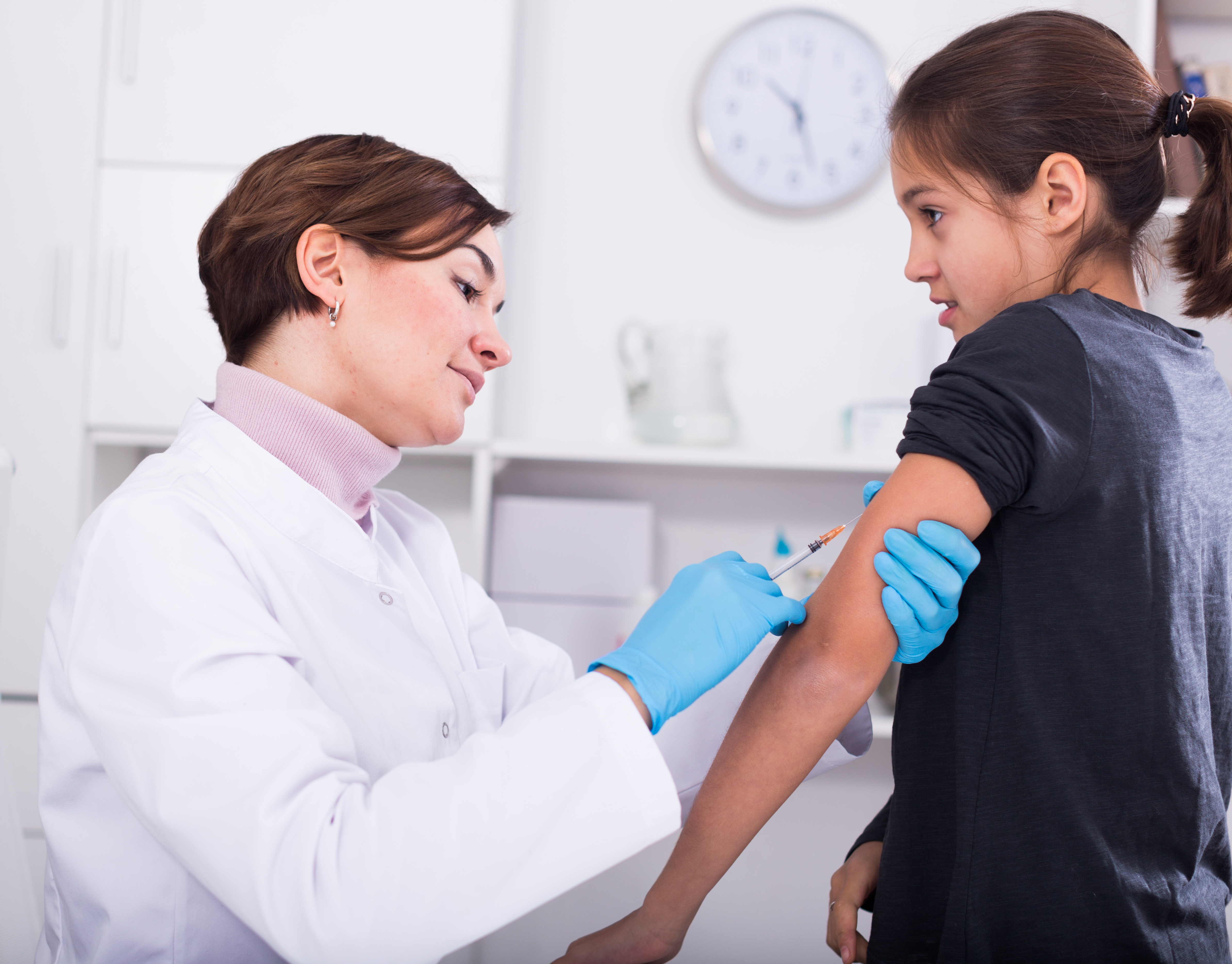Influenza
Last updated October 13, 2025
Flu, or influenza, is a common respiratory virus that can cause mild to severe illness. Anyone can get the flu, but some people are at higher risk of serious complications, including hospitalization and death. People at higher risk include people who:
- Are aged 65 years and older.
- Have certain chronic medical conditions, like asthma, diabetes, and heart disease.
- Are pregnant.
- Are younger than 5 years old.
Flu can spread when:
- Someone with the flu coughs, sneezes, or talks.
- Flu virus droplets land on your mouth, or nose.
- You touch a surface, or object that has the flu virus on it and then touch your own mouth, nose, or eyes before washing your hands.
Symptoms and contagiousness
People usually begin to feel symptoms two days after exposure and infection with the flu virus, but symptom onset can range from one to four days. People with the flu often feel some or all of the following symptoms:
- Fever.
- Cough.
- Sore throat.
- Runny or stuffy nose.
- Muscle or body aches.
- Headaches.
- Fatigue.
Some people may have vomiting and diarrhea, though this is more common in children than adults.
People with the flu are most contagious in the first three to four days after their symptoms begin. Some healthy adults may be able to infect others beginning one day before symptoms begin and up to five to seven days after becoming sick. Some people, especially young children and people with weakened immune systems, might be able to infect others for an even longer time. Symptoms typically resolve after three to seven days for most people, although some may have a cough and feel tired for more than two weeks.

It is recommended that children diagnosed with the flu stay home from school or child care until they have been fever-free for at least 24 hours without the use of fever-reducing medications, and all other symptoms seem to be improving. For additional information about the prevention and control of influenza and other respiratory illnesses in school and child care settings, see CDPHE’s Viral Respiratory Illness Guide.
Flu-associated hospitalizations, flu-associated pediatric deaths, and all suspected or confirmed influenza outbreaks, regardless of the setting in which they occur, are reportable to public health by health care providers, laboratories, schools, child cares, and higher education institutions. Additional information about reporting to public health can be found on CDPHE’s Report a disease webpage.

Getting vaccinated
The best way to prevent flu-related illnesses and the risk of serious complications is to get an updated flu vaccine every season. CDC recommends that everyone 6 months of age and older receive a flu vaccine, ideally by the end of October. Children 6 months through 8 years of age may need two doses during a single flu season, if it is their first season getting a flu vaccine. Vaccination is particularly important for people at higher risk of developing flu-related complications. Flu vaccines are covered by most health insurance plans.
To find a provider with flu vaccines, go to vaccinefinder.org/. Enter your ZIP code, then click “Search.”
Anyone who does not have health insurance is eligible for a flu vaccine at low or no cost from a provider with publicly funded vaccines. Use the Vaccines for Children Provider Map to find a provider that has publicly funded vaccines, or visit the next Mobile Public Health Clinic near you.
Diagnosing and treating seasonal flu
It is difficult to tell the flu apart from other respiratory illnesses based on symptoms alone, so tests are available to diagnose flu. Talk with your health care provider to find out if you should be tested. If you are diagnosed with the flu, there are antiviral drugs your health care provider can prescribe to treat your illness. Check with your health care provider soon after developing flu symptoms, especially if you are at higher risk of serious flu complications.


Everyday flu prevention
You can take everyday prevention measures to help reduce the transmission of flu and other respiratory illnesses:
- Stay home when sick.
- Cover coughs and sneezes with a tissue or your shirt sleeve, not your hands.
- Wash your hands often with soap and water for at least 20 seconds, or use an alcohol-based hand sanitizer with at least 60% alcohol.
- Avoid touching your face with unwashed hands.
- Avoid close contact with others who are sick, such as kissing, shaking hands, and sharing cups and eating utensils.
- Clean and disinfect frequently touched surfaces, such as doorknobs and mobile devices.
- Some people may choose to wear a mask for protection from respiratory viruses. Be respectful of everyone’s choices.
For additional resources and information about the flu in Colorado, visit the Viral Respiratory Diseases Dashboard.